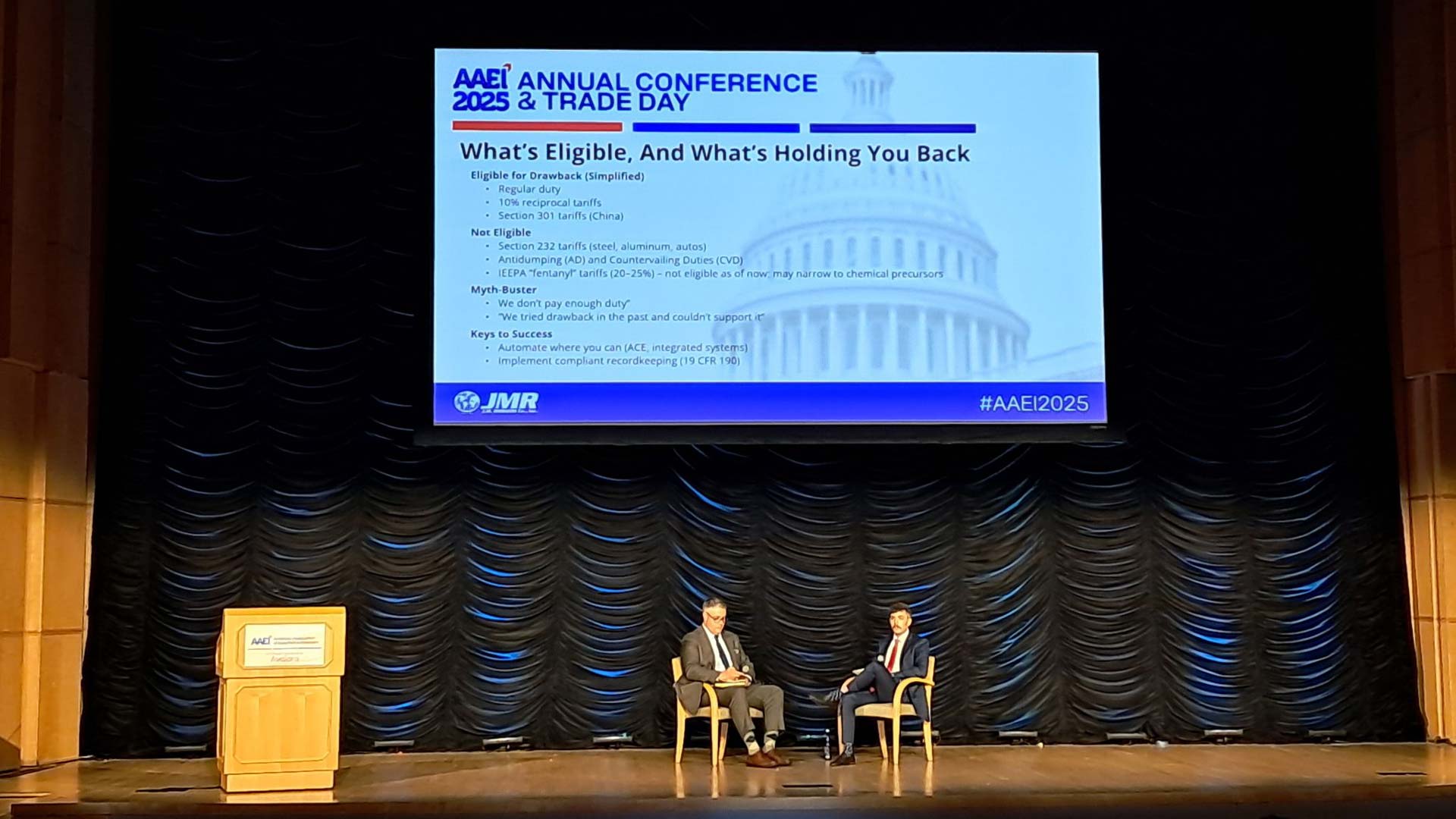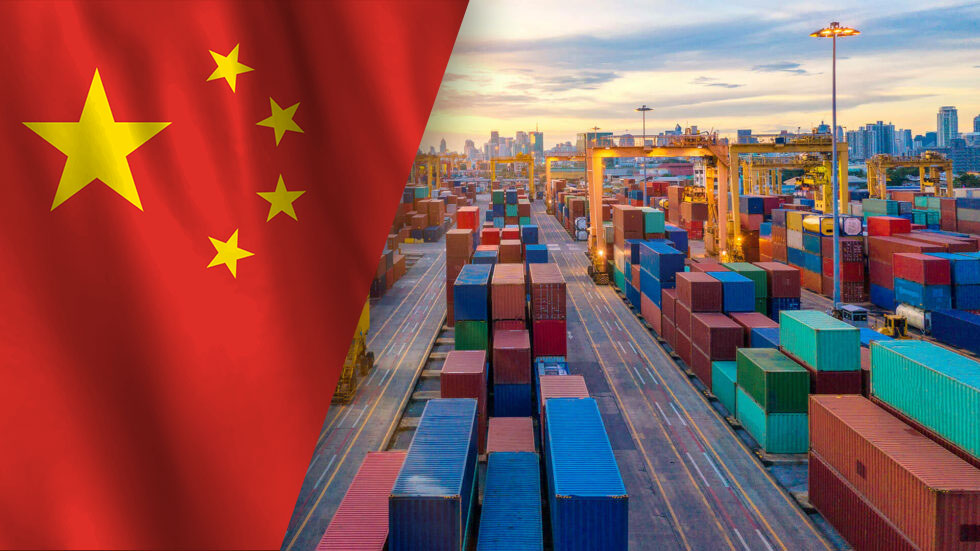United States President Joe Biden announced tariff increases on multiple imports from China, surprising pundits on both sides of the political aisle. This follows former President Donald Trump’s own China tariffs, implemented in 2018.
Since Biden assumed office in early 2021, many observers expected him to repeal the Trump-era tariffs. Instead, he left them in place and imposed new increases, raising questions for American consumers, businesses, and importers. Here’s what you need to know about Biden’s China tariffs.
Tariffs in an Ongoing Trade War
In a White House press release issued May 14, 2024, President Biden announced he directed US Trade Representative Katherine Tai to implement the new set of tariffs on Chinese imports in staged phases. The tariffs target approximately $18 billion worth of imports in a wide range of “strategic sectors.” This includes steel, aluminum, electric vehicles, solar cells, batteries, semiconductors, and more.
The tariff increases are just the latest in an ongoing US-China trade war. Trump’s tariffs marked the former president’s significant volley in that war. Although they were intended to reduce reliance on imports and stimulate sales of American-made products, the Trump tariffs received sharp criticism from the beginning.
In April 2023, the Council on Foreign Relations (CFR) reported on Tai’s statutorily-required four-year review of the Trump-imposed duties. The CFR concluded, “(The tariffs) have not only failed to achieve their objectives, but have hurt US businesses and consumers along the way.”
At the same time, the CFR noted Biden’s continued reluctance to reverse Trump-era policy, as many had expected since 2021: “President Biden has maintained tariffs on billions of dollars of Chinese imports dating to the Trump administration, all while maintaining a flawed process of granting tariff exclusions to select industries.”
The Impact of China Tariff Policies
The Biden administration’s position of maintaining the status quo on the Trump tariffs was surprising, given that Biden publicly criticized the import duties. In 2019, Biden told CNN, “Trump doesn’t get the basics. He thinks his tariffs are paid for by China. Any beginning econ student at Iowa or Iowa State could tell you the American people are paying his tariffs.”
Tom Lee and Tori Smith, economic analysts with the American Action Forum, agree with Biden’s earlier stance. In January 2023, Lee and Smith published a study finding that the Trump tariffs had cost the American people $48 billion by that point—with consumers bearing half the brunt and businesses importing Chinese goods paying the other half.
What is the Strategy Behind China Tariffs?
Considering their costly impact, many observers wonder about the strategy behind tariffs on imports from China—and if they are helping America win the trade war.
For Trump, tariffs were a central component of his “America First” economic policies. He hoped the extra import duties would make American-made products more attractive to consumers. In January 2018, Trump imposed tariffs of between 20 and 50 percent on solar panels and washing machines imported from China, both in response to complaints from American manufacturers trying to compete with Asian imports.
Notably, Trump’s tariff policy wasn’t limited strictly to China. For example, he imposed extra duties on European steel and aluminum, among many other tariff increases during his presidential term. However, economists noted at the time that the tariffs angered America’s global trading partners, many of whom implemented retaliatory import taxes on US-produced goods.
Despite Biden’s stance that the Trump tariffs were bad for the American economy, his administration has maintained them as part of its ongoing trade war strategy. However, the new tariffs imposed on May 14 surprised nearly every analyst, as Biden’s overarching strategy concerning China has been to limit US exports.
The press release announcing the new tariffs summarized Biden’s “de-risking” strategy of denying China access to sensitive US technologies. This has been one part of the strategy few analysts quibble with, given China’s long history of tolerating intellectual property theft and exporting counterfeit goods to the US.
However, whereas Biden’s trade strategy up to May 2024 was around US exports, the new tariffs focus on imports. The administration also aligns the tariffs with Biden’s broader policy agenda since they impose further duties on Chinese EVs, batteries, solar modules, and other imports in the clean energy space. Whether the tariffs will have the intended impact remains to be seen. One thing is sure: American businesses importing Chinese goods will continue to pay when world leaders fight the trade war with tariffs.
Help Your Business Save Money With Duty Drawback Services
If the China tariffs have impacted your business, the best way to maximize your company’s profitability and cash flow is to take advantage of duty drawbacks. The duty drawback process allows you to reclaim money paid on tariffs in a wide range of situations. From unused and rejected merchandise to refunds on certain finished goods, the best way to take advantage of these programs is with duty drawback services.
J.M. Rodgers Co., Inc. (JMR) specializes in duty drawback, customs brokerage, freight management, and other cost-saving services for American businesses. Our drawback professionals navigate the complex regulations to find all the savings your business is entitled to. Instead of paying more, thanks to the new Biden tariffs, contact JMR today about our duty drawback services and start saving.
Photo Credit: Image by freepik





